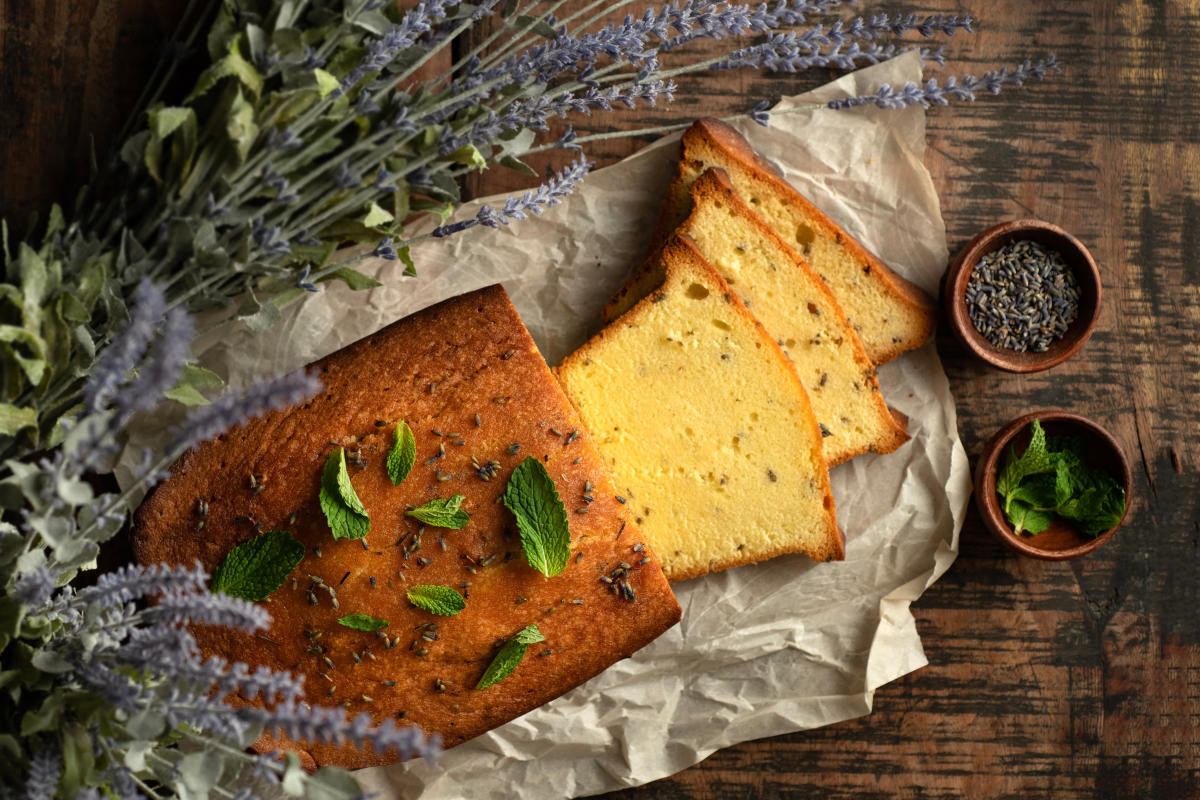EVERY SPRING, I DECIDE what chiles and how many kinds of tomatoes I will plant, and I plan where I will plant the Three Sisters—corn, beans, and squash. This Native American triad, famous for how well they grow together in the garden, represents the interconnectedness they share, and the Three Sisters are considered gifts from the Great Spirit by some Native communities. Corn needs nitrogen to grow, and beans provide nitrogen to the soil; squash, with its big leaves, provides shade to the soil and prevents weed growth; corn provides a support for the beans to climb. Indigenous understanding of sustainability is based on the philosophy that all things are integrally connected.
In New Mexico, Native communities often say that a healthy environment means a healthy culture, which means a healthy people. The people here have numerous ways of planting these ancestral foods. Some of the oldest sustainable farming methods in the Southwest include terrace gardening, a type of farming used on hillsides; dry farming, using water runoff from the summer monsoon rains; and, on a smaller scale, waffle gardening, which uses square sunken garden beds enclosed by clay walls that create waffle-like shapes. These squares hold the water around each plant to ensure their growth. The Zuni are famous for using this method of gardening, which dates back thousands of years. Today these gardening techniques are still practiced, and a growing number of people all over the Southwest are adopting this traditional farming practice.
The Three Sisters are among the cultivars that form the foundation of New Mexican cuisine. Many of these ingredients star in dishes we enjoy today, including posole, cornmeal-based breads, puddings, atole, hotcakes, soups and stews, and a variety of corn, bean, squash, chile, and tomato recipes. Since spring is the beginning of the growing cycle, traditionally the dishes prepared during this time include dried ingredients harvested the year before.
I am passionate about cooking with ancestral Native American ingredients and educating people on the intersection of food and culture. I cook with Native chef Walter Whitewater (Diné) at my catering company, Red Mesa Cuisine, and we believe food has a story of how it nurtured the ancestors and sustained generations. Many people are unaware of the contributions that Native people have made to the foods that we eat today, including corn, beans, squash, chiles, tomatoes, potatoes, vanilla, and cacao, which I call the Magic Eight. Yet when we prepare these foods, we revitalize everything associated with them. And when we feed people, we nurture them while honoring the ancestors.
LOIS ELLEN FRANK is a Santa Fe-based chef, Native American foods historian, culinary anthropologist, educator, photographer, organic gardener, and James Beard Award–winning cookbook author. She is the chef-owner of Red Mesa Cuisine, a catering company specializing in Indigenous cuisine and cultural education. Frank has spent more than 30 years documenting and working with the foods and lifeways of Native American communities in the Southwest.

LAVENDER POUND CAKE
New Mexico’s arid, sunny climate is ideal for growing lavender. The fragrant flowering plant flourishes throughout the state, in private gardens and on lavender farms like Los Poblanos Historic Inn & Organic Farm, in Los Ranchos de Albuquerque, and Purple Adobe Lavender Farm, in Abiquiú. This recipe from Los Poblanos, published in several New Mexico Magazine cookbooks, makes a perfect treat for a late-spring picnic. Take care to use only culinary lavender; others can taste soapy. English lavender (Lavandula angustifolia) is a chefs’ favorite.
1¼ cups (2½ sticks) butter (room temperature)
1½ cups sugar
¾ teaspoon vanilla
6 eggs
¾ teaspoon salt
2⅔ cups white flour
2 tablespoons culinary lavender petals
Lavender syrup (recipe right)
Mint leaves for garnish
LAVENDER SYRUP
1 cup water
1 cup sugar
½ cup culinary lavender petals
Makes 1 loaf
1. Preheat oven to 325°. Cream butter and sugar. Stir in vanilla and eggs and, when smooth, add salt, flour, and lavender petals until just combined.
2. Pour batter into a prepared loaf pan and bake for about 1 hour. If cake is getting too dark on top, turn the oven down to 300°.
3. Cool for 10 minutes in pan, then remove and brush top and sides with lavender syrup while cake is still warm. Garnish with mint leaves.
LAVENDER SYRUP
1. Bring water and sugar to a boil. Once sugar has dissolved, remove from heat and stir in lavender petals.
2. Let cool to room temperature, then transfer to an airtight container.
3. Chill overnight, then strain. Syrup will keep for 2 months in refrigerator.
For more recipes, order your copy of the New Mexico Magazine Centennial Cookbook - A Century of Flavors.




